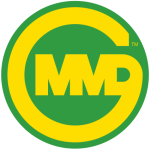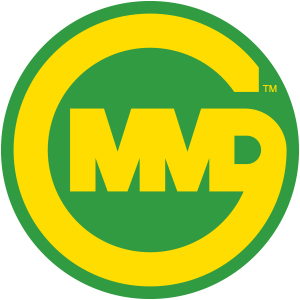Training Overview.
Safe operating procedures serve as standardized instructions designed to help perform tasks safely and effectively. Their primary goal is to reduce risks, prevent accidents, and ensure compliance with rules and regulations. These guidelines specify the right way to use equipment, follow safety protocols, and handle emergency situations. Ultimately, safe operating procedures form part of active mitigating measures to create a safe workplace (machinery and equipment) and protect the well-being of everyone involved, including workers, service providers, and contractors.
However, safe operating procedures are just one part of ensuring safety at work. It's crucial to first identify risks using a proper risk management process. Additionally, machinery and equipment should only be operated by individuals who are trained, skilled, and knowledgeable. This combination of measures significantly contributes to a safer working environment.







